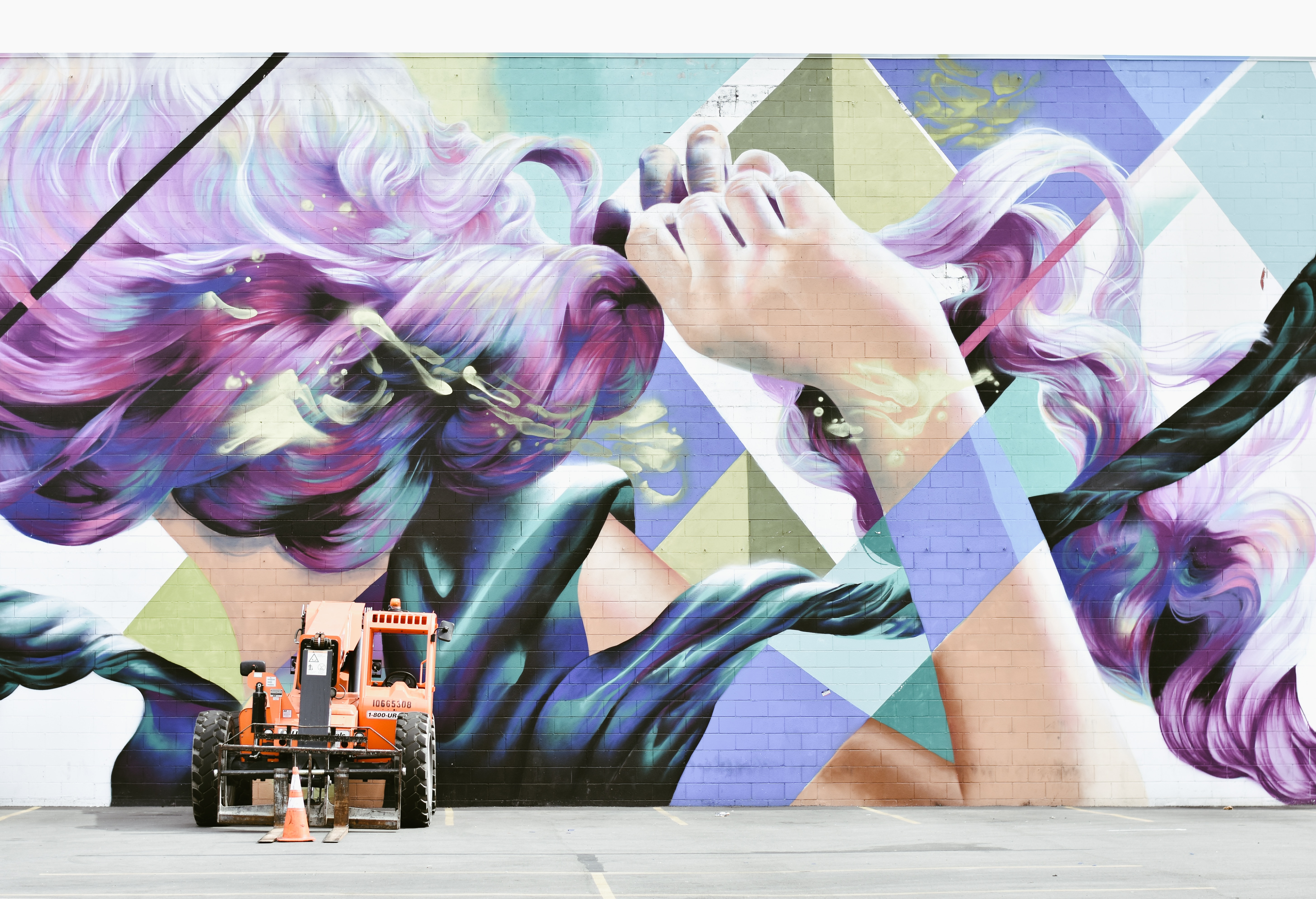Rich Connell and Tracy Wood, “Bus Shelters: Why Aren’t They Where They’re Needed the Most?,” Los Angeles Times, July 26, 1987, cited in Sam Bloch, “Shade,” Places Journal, April 2019 →
Sam Bloch, “Shade,” Places Journal, April 2019 →.
Sam Bloch, “The Problem With ‘Cool Pavements’: They Make People Hot,” CityLab, October 3, 2019 →.
Gilbert Estrada, “The Historical Roots of Gentrification in Boyle Heights,” City Rising, September 13, 2017 →.
“On Thinking about Hell,” trans. Nicholas Jacobs, in Bertolt Brecht: Poems 1913–1956, eds. John Willett and Ralph Manheim (Routledge, 1997).
Vilém Flusser, Towards a Philosophy of Photography, trans. Anthony Mathews (1983; Reaktion Books, 2000).
Flusser, Towards a Philosophy of Photography, 10.
See →.
See →.
See →.
Steven Durland and Linda Burnham, “Interview with Gronk,” High Performance 9, no. 3 (1986): 57.
